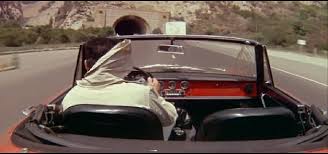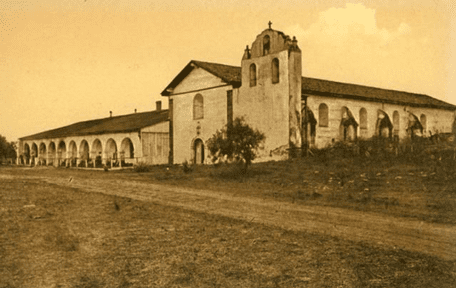By John Copeland
The nights are feeling pretty long right now, and winter is almost here.
Winter begins on the solstice — Saturday, Dec. 21. The solstice occurs simultaneously around the globe when the sun is directly overhead. Here in Santa Ynez, winter will arrive at 8:19 pm.
I know, it’s a little odd that we change seasons at 8:19 pm on a Saturday evening, but the solstice is an astronomical event that is driven by the clockwork of Earth’s orbit around the sun.
As Earth travels around the Sun, it wobbles on its axis — tilting toward the sun for part of the year and then tilting away from the sun, driving the cycle of the seasons by altering the intensity and duration of sunlight falling on the Northern and Southern Hemispheres.
From the summer solstice in June to the winter solstice, the points on the horizon where the Sun rises and sets move southward each day; the high point in the Sun’s daily path across the sky, at noon, also moves southward each day. On Dec. 21, the Sun’s path reaches its southernmost position and begins the long journey north again. However, for a few days both before and after the winter solstice, the change in the Sun’s position over the equator is so slight that it appears to be standing still. Solstice is derived from the Latin words sol (sun) and sistere (to stand still).
Winter inspires both joy and woe. December is the darkest time of the year and was once both the most dreaded and most hopeful of times.
No one is really sure how long ago humans recognized the winter solstice and began celebrating it as a turning point. Many cultures the world over have solstice festivals. At their root: the ancient fear that the failing light would not return unless humans intervened.
In ancient times, our ancestors were determined to brighten the darkest month of the year.
Ancient Romans welcomed winter with the festival of Saturnalia, honoring Saturn, the god of agriculture. People decorated their houses with evergreen branches and lit lamps all night to ward off the darkness.
The ancient Celts hung golden apples and lit candles on oak trees to celebrate the winter solstice.
Hanukkah is the Jewish Festival of Lights celebrated in countries all over the world. In 165 BCE there was a great battle between the Maccabees and the Syrians. The Jews won the battle and when they went to their temple, they found that the Syrians had allowed their sacred light to go out. They had oil for only one day. The miracle of Hanukkah is that the oil lasted eight days until a messenger could return with more. There are nine candles in the menorah. One of them is used to light the other candles and the other eight stand for the eight days that the oil kept burning.
In Chaco Canyon, N.M., Anasazi Indians, who were expert sky watchers, carved spiral designs into rock to track the seasons and record the passage of time. In Chaco Canyon is a petroglyph called the Sun Dagger because of the way the Sun’s wedge-shape beams strike it in midday during the winter solstice.
In our times, Christmas has appropriated most of the ancient winter solstice practices and customs, steeping it in superstition and folk belief. Christmas is the most culturally pervasive and successful festival of all time. Yet, for all the light and joy of Christmas, it requires the darkness as well.
Folklore from around the world is full of stories of witches, elves, trolls, vampires and even werewolves that roamed the hours of extended darkness at this time of year. In fact, even ol’ St. Nicholas was accompanied by dark companions in the traditions of many European cultures. In fact, several characters like the Krampus carried a sack, not unlike Santa’s, but instead of giving out gifts, the Krampus would stuff the bag full of bad children to be taken away and eaten!
But unlike other holy days, which were often solemn religious observances, the winter solstice was a time for great celebration and joy, a party held in the face of Earth’s darkest hour.
Christmas has a magic that is difficult to grasp and even more difficult to explain. It brings together traditions, ideas and customs from all over the world and from all times in human history.
If all human civilization could write its own memoir and tell the complete story of Christmas past, surprisingly, the tale would not begin in Bethlehem, but 2,000 years earlier in the cradle of civilization. It would be a story involving Christians and non-Christians alike. Babylonians, Greeks and Romans – whose ancient customs became part of the Christmas.
The tale would tell of early Europeans hanging fir sprigs and winter greenery to renew life and protect against the cold blasts of Arctic wind. People who had not yet heard of the Christ child would be burning Yule logs. And the tale would continue for another 2,000 years after Wise Men gathered beside a manger in a stable, with each generation adding to the customs of Christmas. And in the end, it would include the story of each one of us who has ever hung an ornament on a tree or presented a gift to someone special.
May your celebrations of this season draw deep from the abundant joy, fierce hopes and enduring traditions of all our ancestors and fill your home with warmth and good cheer.





